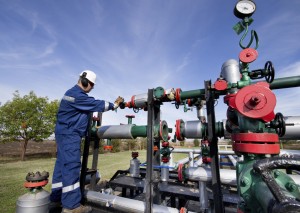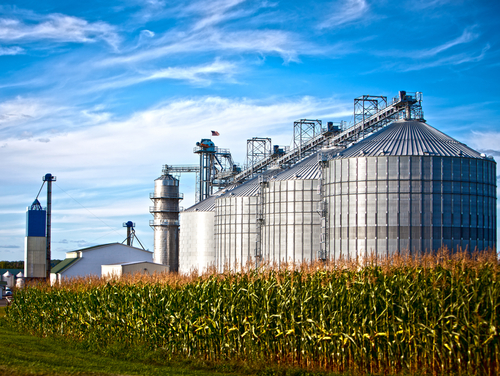There has been—appropriately—much attention given to the election and the impact it will have on control of the U.S. Senate. Given the possibility of a Republican-controlled Senate, we have also seen a flurry of analysis of what impact that change will have on various issues. But, in the energy and environment arena, there is an upcoming shift that will have a profound impact on the direction of public policy that is getting little attention: personnel changes at the White House.
Environmental Impact
The Potential Impact of John Podesta’s Exit on the Energy Sector
By Elizabeth M. Gore | Brownstein Hyatt Farber SchreckSign up and get Breaking Energy news in your inbox.
We will never sell or share your information without your consent. See our privacy policy.ML Strategies Energy & Environment Update: Week of 10/6/2014
By David Leiter | Mintz Levin - Energy & Clean Technology MattersThe fifth annual United States-India Energy Partnership summit took place in Washington last week. The United States and India created the Clean Energy Finance Forum September 30 after Indian Prime Minister Narendra Modi met with President Obama in Washington for the first time since his election in the spring. The forum will bring together public and private sector officials to consider ways to mobilize financing for India’s expanding renewable energy market. The two countries also announced a $1 billion financing deal between the U.S. Export-Import Bank and India’s Renewable Energy Development Agency to help increase U.S. renewable energy exports to India and help India transition to a low-carbon economy. In the last four years, India’s solar market has grown more than a hundredfold to reach more than 2.5 GW of grid-connected installed solar energy. India is the world’s fifth largest wind energy producer, with 20 GW of installed wind capacity.
Report Finds Opportunity for Natural Gas Job Growth—But it’s not Where you Think
By Environmental Defense Fund Energy Exchange BlogIn 1933, Milton Heath senior opened a small, family-run consulting firm to find leaks from natural gas pipelines by conducting vegetation surveys in New England Fields. More than 80 years later, the family business has grown substantially, and now the Texas-based company provides more than 1,200 manufacturing and service jobs across the country. Their business… Keep reading →
Researchers Develop Technique For Turning Winery Waste Into Biofuels
By Lynn L. Bergeson | Bergeson & Campbell, P.C.Winery waste is composed of the skins, pulp, stalks, and seeds that are left over after grapes have been pressed. This waste cannot be used for animal feed or composted, so it typically ends up as toxic landfill. Researchers at Swinburne University of Technology have been investigating how to break down the grape waste and Ph.D. student Avinash Karpe has discovered four fungi, that when combined with a heat activated pre-treatment, successfully broke down grape waste biomass. This process resulted in the production of alcohols, acids, and simple sugars which could have industrial and medicinal uses. “We have demonstrated this technique in the laboratory, but this process can be scaled up to an industrial scale,” stated Chair of Swinburne’s Department of Chemistry and Biotechology, Professor Enzo Palombo. More information is available online.
Interior Announces New Proposal for Renewable Energy Development on Public Lands
By Andrew Anderson, Joshua Andrews, Andrew Ehrlich | Faegre Baker DanielsLast week, the U.S. Department of Interior released its new proposal for development of solar and wind resources on public lands. The proposal, referred to as the Desert Renewable Energy Conservation Plan (DREC), focuses on the desert land across seven California counties — Imperial, Inyo, Kern, Los Angeles, Riverside, San Bernardino and San Diego. It was developed through collaboration among California state agencies as well as the federal government in an attempt to facilitate California’s renewable electricity portfolio and renewable energy development on federal lands.
Colorado Court Invalidates Fort Collins Hydraulic Fracturing Ban
By EnerKnol ResearchA Colorado District Court has ruled against Fort Collins’ hydraulic fracturing ban, following a similar ruling that invalidated Longmont’s hydraulic fracturing ban in July. On August 7, 2014, the Larimer County District Court ruled that the City of Fort Collins’ ordinance imposing a five-year ban on hydraulic fracturing is preempted by the Colorado Oil and… Keep reading →






